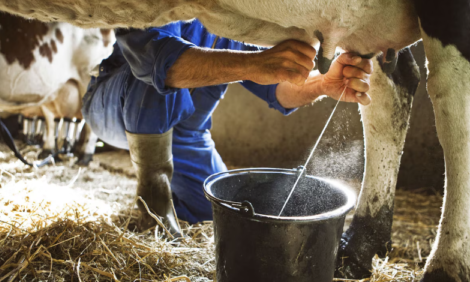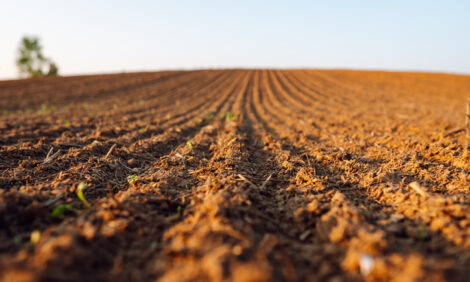



Counterintuitive Keys To Feeding Cattle Expensive Corn
Corn is high. Logically, that means feeders will sell cattle lighter with fewer days on feed, right? Not exactly. That’s what Shawn Walter, Professional Cattle Consultants (PCC), told attendees at the recent Feeding Quality Forum, writes Miranda Reiman from Certified Angus Beef.“Every time we see another spike in corn prices you hear another analyst talking about how the higher ration prices are going to force fewer days on feed and cut carcass weights. I don’t think that’s ever happened,” he said.
“Our dataset goes back to 1971 and every time the corn prices increase, we see a resulting increase in out-weights as a result.”
PCC research shows it’s a sound strategy for those selling on a carcass basis.
“With the high costs of gain, do we need to sell cattle earlier and avoid the grids?” Mr Walter asked.
“Actually, it’s the opposite.”
He explained “carcase transfer.” As cattle get heavier, a higher percentage of the live weight gain goes to the carcase.
“Putting on carcase weight becomes more efficient than putting on live gain,” he says. As feed costs climb, that’s magnified.
In their database, using a $340 ration price, it is profitable to feed cattle for a live endpoint up to 100 days – which means every day you feed cattle beyond that point, your breakeven selling price is increasing instead of decreasing. However, cattlemen can continue to feed for another 60 to 90 days for a carcass endpoint.
PCC sorted cattle records into high, middle and low-profit thirds and compared their characteristics.
“Average daily gain is obviously the most important factor in overall profitability,” he said, noting the highest money-getters put on 3.3 pounds (lb.) per day, compared to 2.8 for the least profitable.
“But as you dig into the data, as cattle improved their grade, we also saw improvement in that average daily gain,” he said. “Those two are positively correlated.”
That makes sense, he said, because, “Cattle that are able to gain efficiently are also able to gain fat deposition and increase grade. If you think about it, grading and performance should go hand-in-hand, especially with the improved genetics we have today.”
The high-graders, gainers and profit-getters also had a common, perhaps surprising, theme. They also had the most discounts.
“There tends to be an aversion toward having any heavyweight carcases, any yield grade (YG) four's and five's or any discounts on the grid,” Mr Walter said. “If you don’t have some discounts, you haven’t taken the entire pen to the level you need to.”
Those penalties are balanced by increased pounds sold.
“Because of the additional days on feed and weight, you’re going to get additional grade, including higher percentages of CAB (Certified Angus Beef ®),” he said.
“That’s good, but you can’t just weigh premium versus discount. You’re actually going to get a premium on heavier cattle that are going CAB and that more-than offsets the few YG four's and five's you’re going to get as a result.”
Mr Walter’s main message was that times have changed and management and marketing strategies need to match these new economic times.
“If you’ve never sold cattle on a carcase weight basis, you’ve always been a live seller, maybe this is the one time you need to look for opportunity to sell cattle on a carcase basis,” he said.
“Regardless of the market, there are cattle that make money and cattle that lose money,” Mr Walter said, noting the average $200 spread in monthly profit or loss. Knowing cattle history can help feeders make sure they hit the top end of that range.
“When you know how the cattle are going to grade and perform, you can put all that together and use that to push the envelope,” he said.
The meetings, held in Omaha, Nebraska, and Garden City, Kansas, were sponsored by Pfizer Animal Health, CAB, Purina Land O’Lakes and Feedlot Magazine.



